Crypto Academy / Season 3 / Week 1 - Homework Post for @allbert | A world of Wallets and Exchanges
Introduction
It feels so nice to be back at the academy to learn again, the academy has been a source of quality crypto knowledge enhancement through the lectures delivered by its professors and I am glad to be a beneficiary. This time, I've attended the lecture presented by professor @allbert as he took us on a ride about Wallets and Exchanges in the crypto ecosystem, which is a great context to consider and I will be attending to the task given by the professor.
1. Differences between Wallets and Exchanges
The terms Wallets and Exchanges is a must-to-know concept in the crypto ecosystem. Both of them have a few things similar like containing your crypto assets in them but as such have many differences which the users in the crypto ecosystem should be familiarized with for effective utilization of any of them. Let's discuss each of them below.
What are Wallets?
Wallets in the crypto ecosystem can be referred to as crypto wallets that is used to contain one's digital assets (BTC, ETH, USDT, LTC, STEEM, BTT, TRX and many more) for investment purposes or holding for a long term. A few examples of crypto wallets are Trust Wallet, Metamask, and so on, these aforementioned crypto wallets are sometimes referred to as Web 3.0 Wallets with the incorporation of Decentralized Applications (Apps) which is used to access other DApps through the wallet.
The technology behind wallets is decentralization whereby users are in total control of their assets in the wallet as such, they can decide on a choice of transcaction at any point in time without taking orders from any governing body. In short, no central authority in wallets as it's completely decentralized for users to carry out the desired transaction at any time of the day without the involvement of third parties or intermediaries.
Going further, wallets gives users public keys which serve the purpose of deposit address and Private keys/Mnemonic key to their crypto wallets such that they are in full control of their account as stated earlier fulfilling the concept of decentralization. The private keys which are alphanumerical combinations and Mnemonic key which could be Seed phrase (12 or 24 words) are the keys to one's account and as such, it should be kept safe to the owner alone (preferably offline), in addition, these keys are used for re-import purpose in case of forgotten password, theft of one's phone that hosts the wallets, change of device and so on.
Types of Wallets
We will be considering two types in this section, ranging from Hot wallets which are connected to the internet and we can say they are typically Software wallets, examples are Web wallets (mobile wallets & desktop wallets) having Trust Wallet, Metamask and the likes in this category. Hot wallets can be seen even in designated crypto wallets on exchanges.
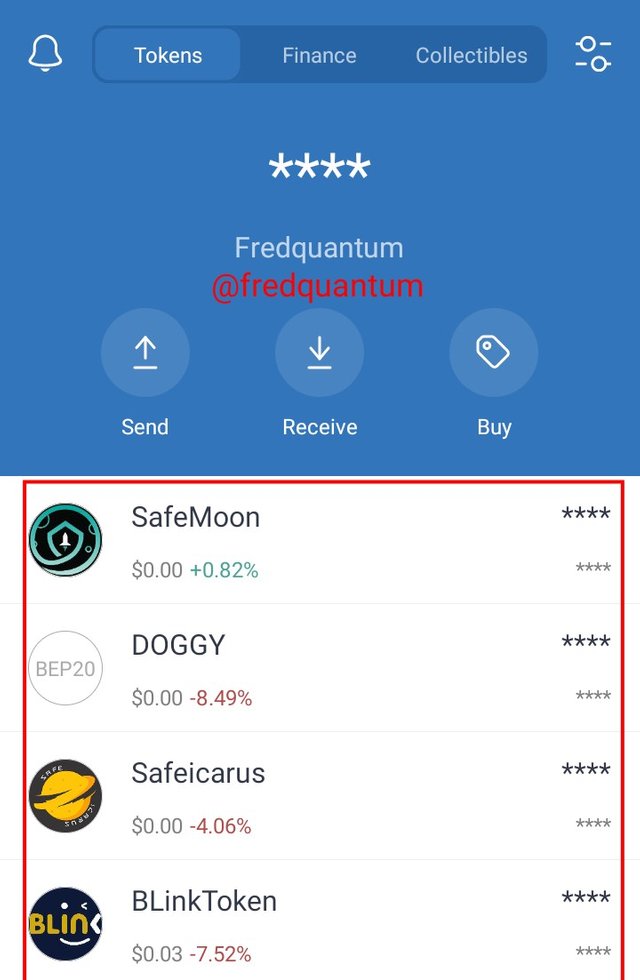
My assets in Trust Wallet- Website www.trustwallet.com/
Cold wallets which are offline wallet that is only connected to a device to perform any transaction at will and this type are regarded as Hardware wallets which could be USB wallets, Paper wallets and so on, an example of which is Ledger USB Wallets which has Ledger Nano S and Ledger Nano X as products.
What are Exchanges?
From the mere meaning of the word exchanges, it means trading (buying and selling), now coming to the crypto ecosystem, Exchanges are platforms that offer the trading of cryptocurrency assets for other crypto assets or crypto assets for fiat currencies, examples of crypto exchanges are Binance, Huobi Global, Kraken and many others on the list.
Trading of crypto assets on exchanges is done through trading pairs, an example is BTC/USDT, which means the two assets BTC and USDT can be traded for each other, in a simpler form, selling BTC assets for USDT or buying USDT with the BTC asset in one's wallet.
The technology employed in exchanges is centralization which means all activities on the platform is governed by a central body, that is, there is an existence of third parties in transactions. One special feature of exchanges is that they are characterized with high liquidity which offers a wide range of trading pairs for users to easily convert their crypto assets to other crypto assets or fiat, as desired.
Distinctive differences between Wallets and Exchanges
Wallets and Exchanges Suitability
As explained earlier, Wallets are best suitable for Holding/Storage of assets for a short-term/long-term purpose, with the owner in charge of the Private keys/Mnemonic key, it can be there as long as desired provided the user protects the keys. While, Exchanges is best suitable for Trading due its high liquidity and availability of numerous trading pairs.
Operations suitable on Wallets and Exchanges in terms of fee
Know that you can also buy/sell on wallets by interacting with DApps to swap different coins of choice but the fee incurred in the process as compared to exchanges is exorbitant so considering fee, wallets should be used for Holding/Storage of assets only. Speaking of exchanges, it's most suitable for trading due to its characteristics high liquidity. An example of low trading fee is seen on Binance where you are charged just 0.1% transaction fee for trades carried out on spot trading.
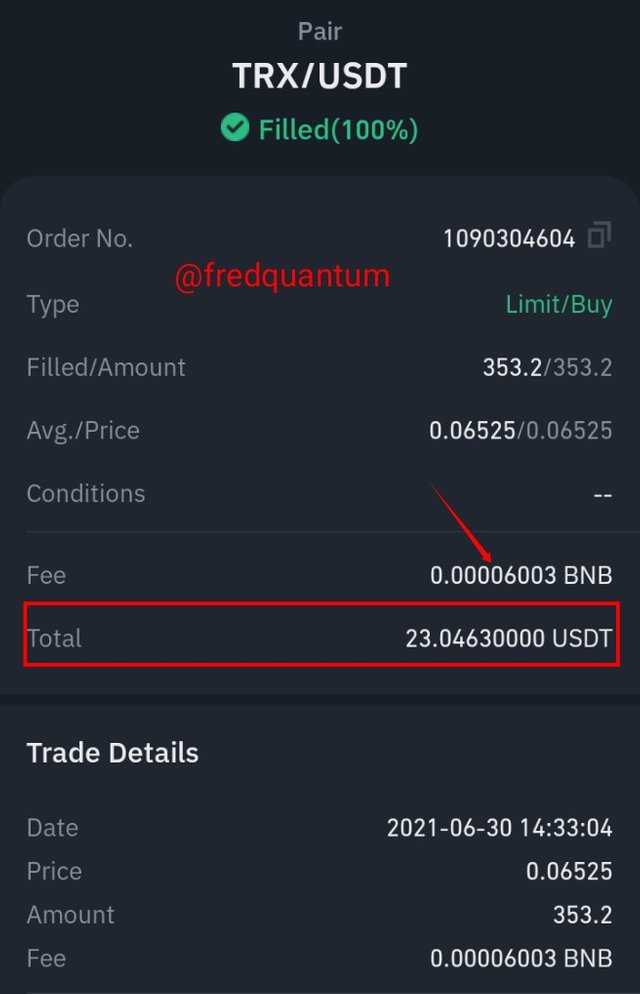
Transaction fee on Binance- Screenshot from my account on App- Website www.binance.com/
The screenshot above shows my TRX trade on Binance that is ~23$ with a transaction fee of 0.00006003 BNB which is around 0.023 USD at the time the transaction took place and that's exactly 0.1% fee charged.
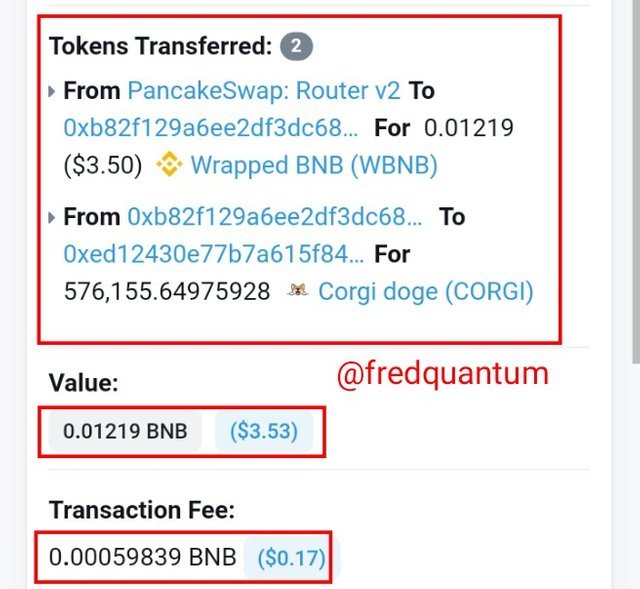
PancakeSwap transaction details from bscscan.com/
The transaction above is carried out on Trust Wallet by swapping my BNB asset for CORGI on PancakeSwap, for just 0.01219 BNB (3.53 USD), I was charged 0.00059839 BNB (0.17 USD) which is higher as compared to the transaction I made on the Binance exchange.

2. Why I think people should have more than one exchange account?
Having more than one exchange account is very beneficial to users as they can easily diversify their assets, take advantage of arbitrage opportunities, explore other services available in other exchanges, and many more. I will considering the three listed points above under subheadings below.
i. Arbitrage Opportunities
Arbitrage in simple terms means, taking advantage of differences in prices of assets listed on an exchange at a point in time. There are times when there are variations in the prices of assets on an exchange compared to other exchanges, as such users can buy at an exchange where the price is lower as compared to other exchanges to put themselves in a better profit-making position and it applies to selling assets too, to sell an asset where the price is higher as compared to other exchanges to make profits.
A virtual illustration is when a STEEM is buying at 0.40 USD on Binance exchange and the same asset is buying at 0.38 USD on Huobi Global, a user that uses both exchanges can use Huobi Global to take advantage of the price variation to buy at a lower price.
ii. Diversification of Assets
Diversification of one's asset won't only open the road for users to have experience of what is done on other exchanges but help users to improve the security of their assets in a case of hacking, knowing that exchanges are more susceptible to hacks and as such, if one of the exchanges a user uses is hacked, the assets in other exchange wallets would be safe.
A typical example is the popular cyber-attack on Hotbit exchange a few months ago, although, it was contained and users do not have access to their assets for weeks while the exchange tried to hinder the success of the attack. In the downtime on Hotbit, users that have other exchanges and wallets in it continue their regular trading without feeling the downtime on Hotbit too much as it would have been for a user that uses only Hotbit.
iii. Exploring other Services
The listed coins vary from one exchange to another so as well as available trading pairs, a user can trade a coin of choice on another exchange in a situation whereby one of the exchanges he/she operates doesn't have the coin listed. Also, when a service of choice is not offered on an exchange, the user can easily switch to another one.
A typical example is a situation whereby trading STEEM on Binance exchange is only available in the STEEM/BTC and STEEM/ETH pairs, for a user that wants to trade his/her asset to a stable coin (USDT) would have some issues by trading STEEM against ETH or BTC first before converting it to USDT. In the process, price volatility can affect such users, so if the user has a Huobi Global account, he can easily trade STEEM/USDT pair without many processes, that's one of the ways to benefit from having more than one exchange accounts.
Do I have an Exchange account?
Yes, I am actively operating two exchanges account at the moment of writing this section of the task, which are; Binance and Huobi Global. Although I use the Binance exchange more than the Huobi Global exchange.
Why I use Binance more?
I started trading cryptocurrency on Binance and as such, it has been my favourite right from time. See a few points below.
High Liquidity & Low fee
Binance' volume of listed coins is another point of interest for me where I can choose from large availability of trading pairs, offer of services like Spot, Margin, Futures trading with low fee on transactions and so on.
P2P Marketplace
A special feature of Binance that interests me is the large and actively functioning P2P Marketplace where I can trade crypto-fiat and fiat-crypto with ease, and this is particularly important here in Nigeria, since we cannot directly buy crypto with our conventional bank accounts due to government regulation issues.
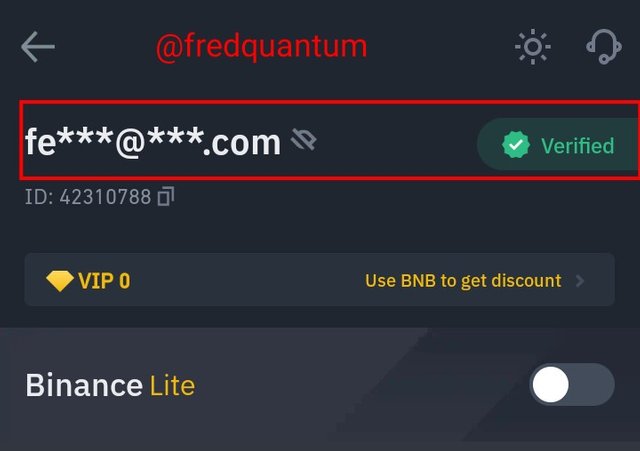
My verified account on Binance- Screenshot from Binance App- Website www.binance.com/
Although Huobi Global also offers P2P trading but it's not buoyant in adoption by my country traders and to avoid delays in transaction, I prefer Binance for that purpose.
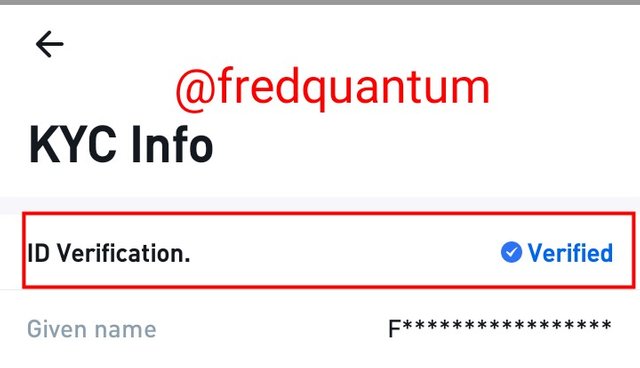
My verified account on Huobi Global- Screenshot from Huobi Global App- Website www.huobi.com/
3. Wallets or Exchange? Which one is better?
Speaking about which one is better, both wallets and exchanges are good but choosing the better one solely depend on the purpose to which one want to use it for. And the purpose will be classified into two parts, namely; Trading and Holding. Most of it has been discussed earlier in this context but for emphasis purpose, wallets best suit Holding/Storage of assets and exchanges best suit Trading of assets. Let's see the table below for the classification.
| Attribute | Wallets | Exchanges |
|---|---|---|
| Holding/Storage | Better | Less Efficient |
| Trading | Less Efficient | Better |
In my own case, I use both wallets and exchanges, wallets for holding my crypto assets while I use exchanges for my day-day trading.

4. Creating a Wallet and Exchange of choice
Creation of a Wallet (Metamask)
For this part of the task, I will be creating an wallet on Metamask on my Android phone. The steps involved would be highlighted below.

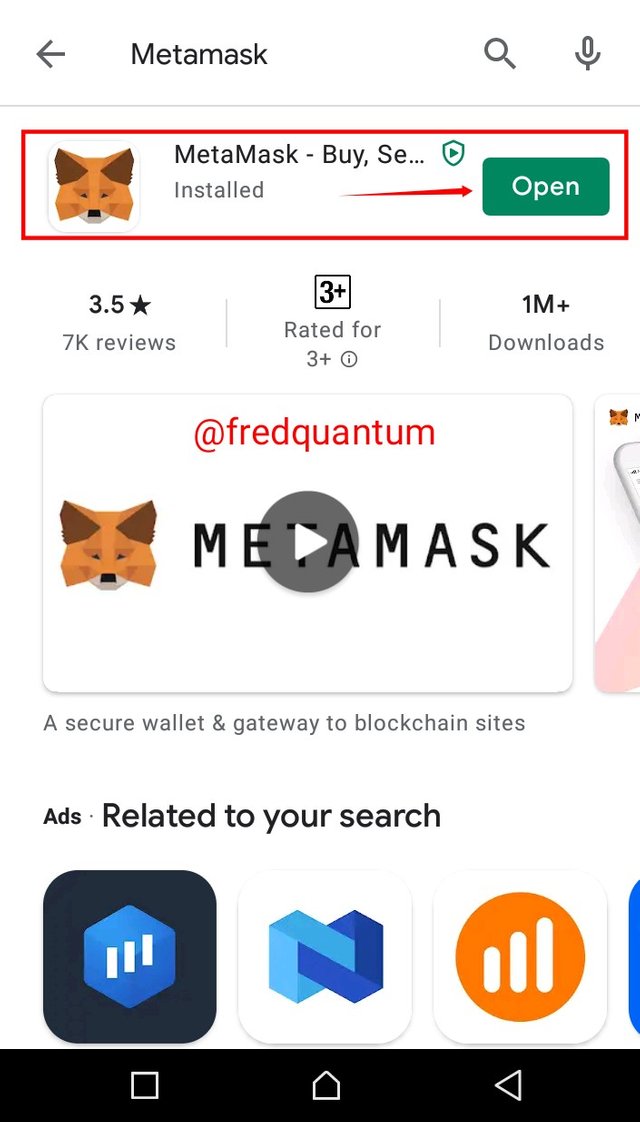

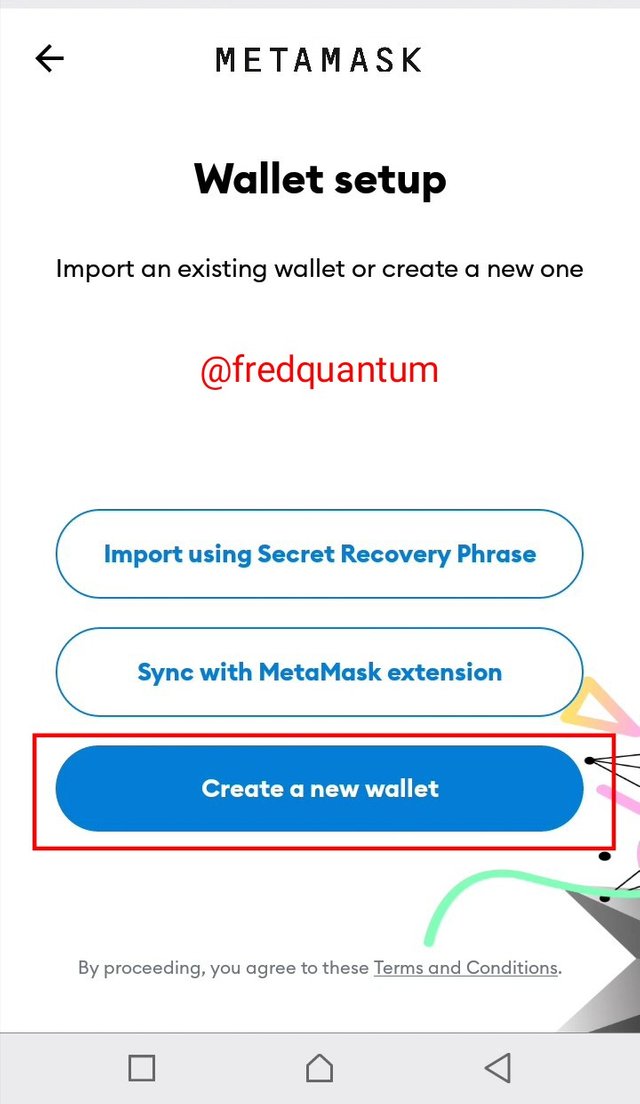
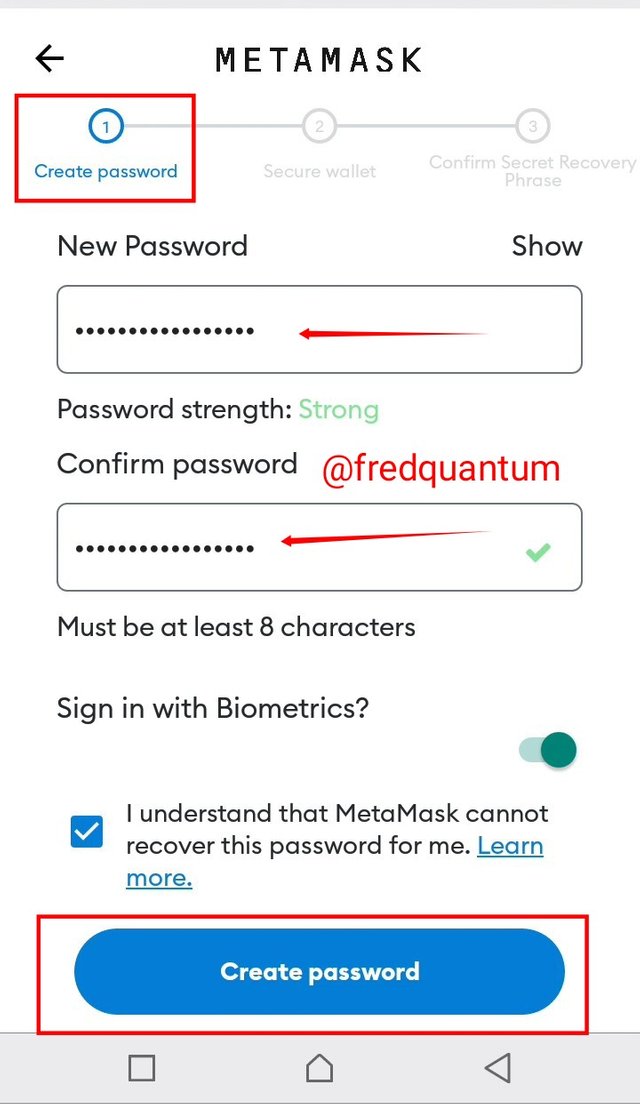
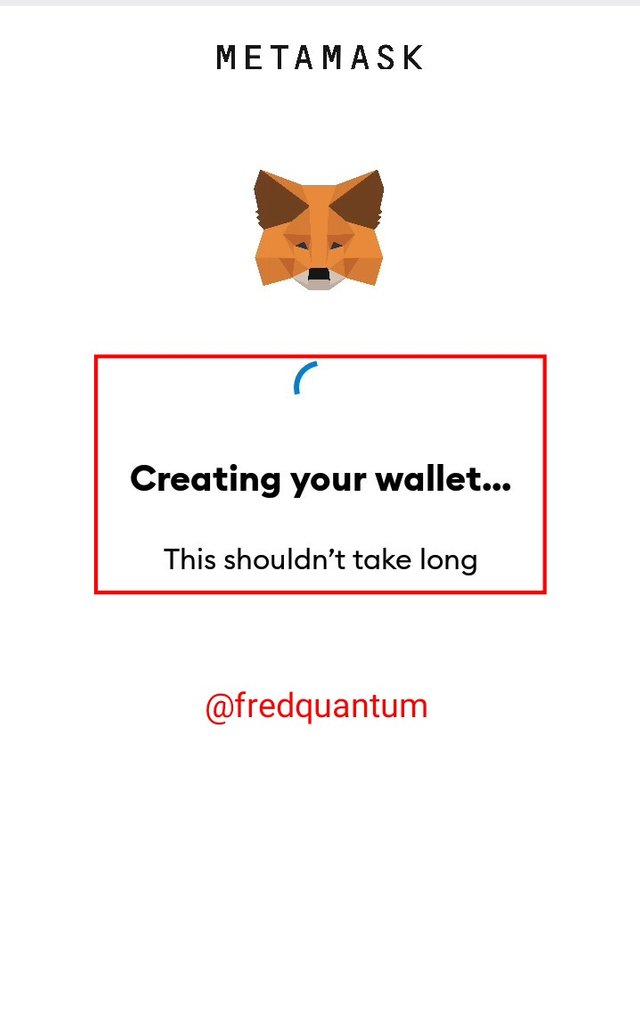



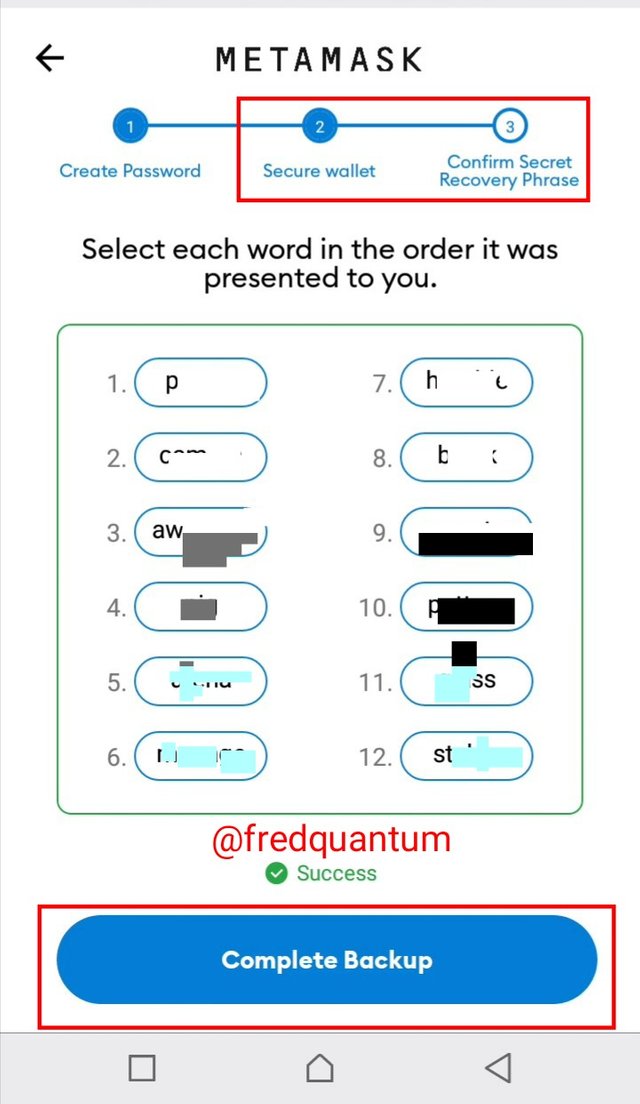

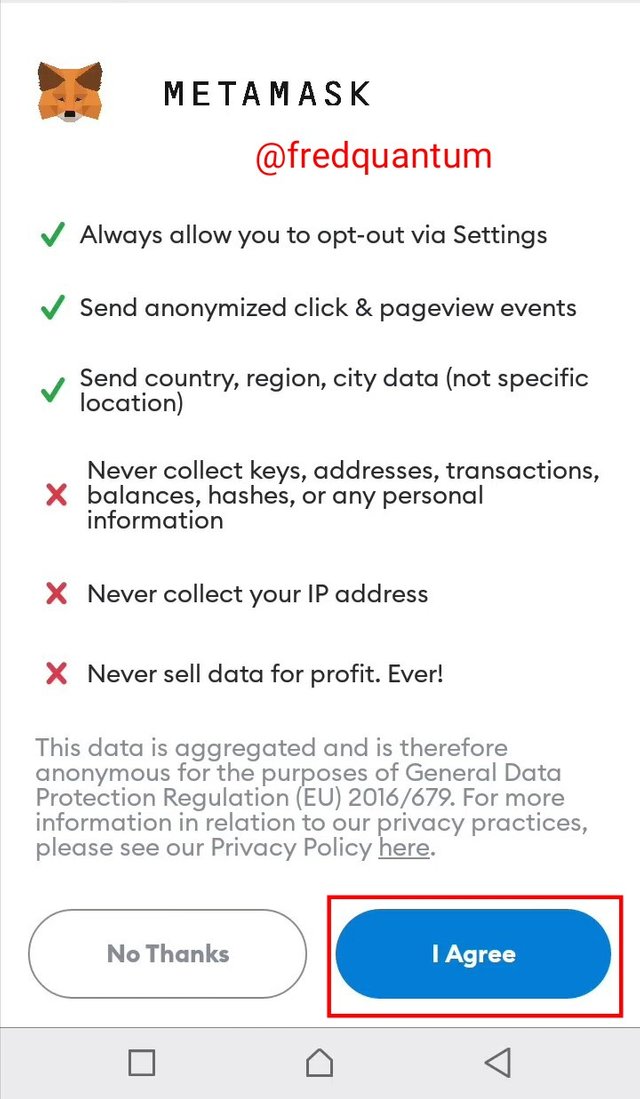
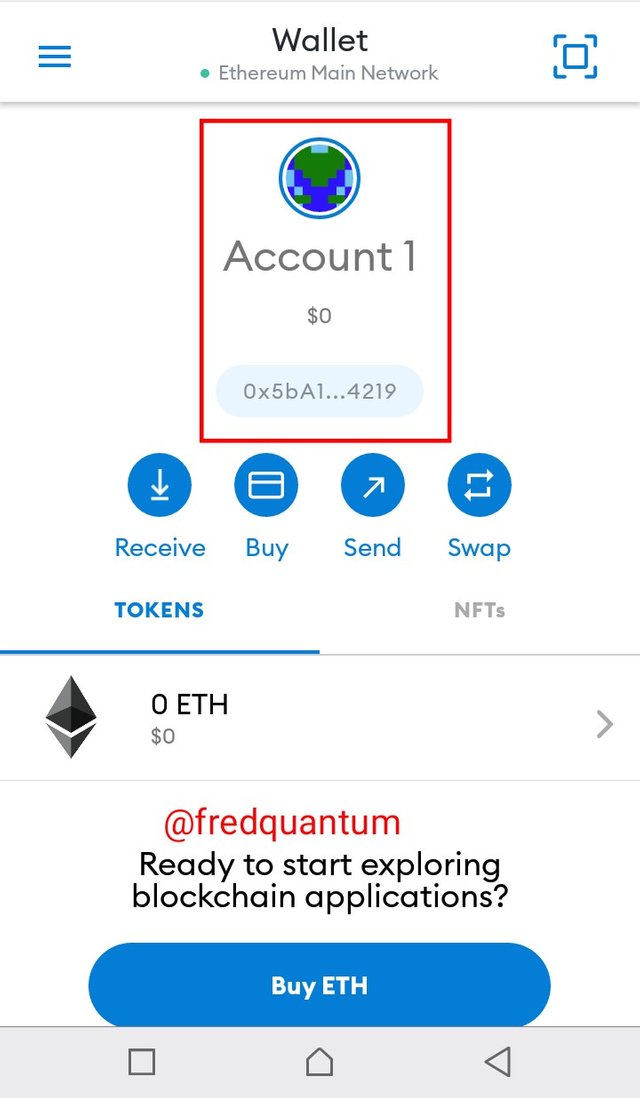
Metamask wallet ready- Website metamask.io/
How to connect Metamask wallet to Uniswap?

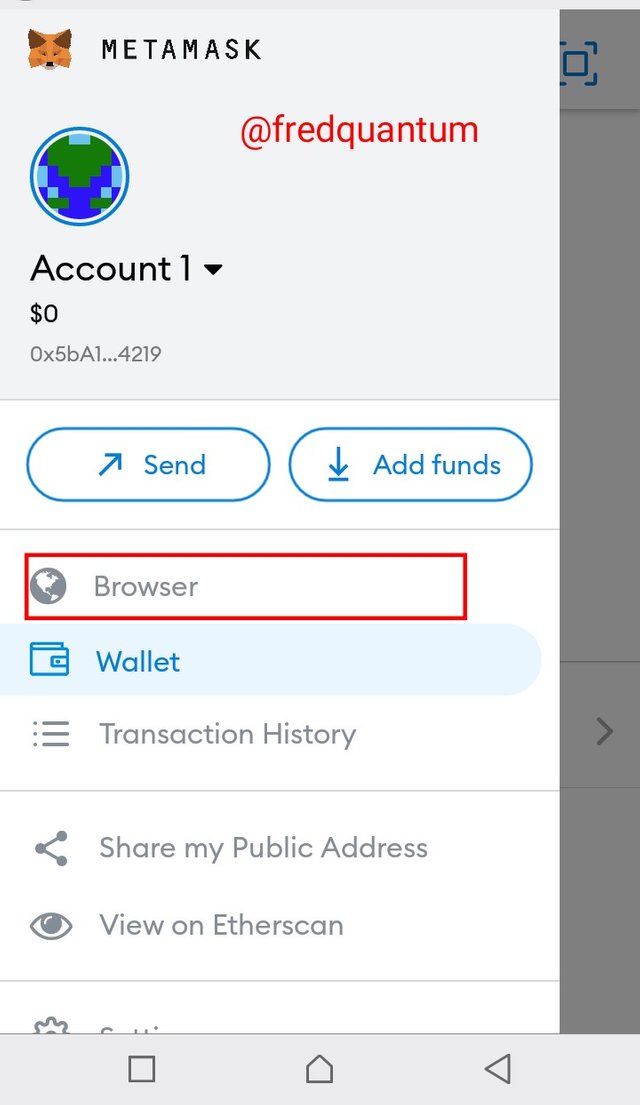
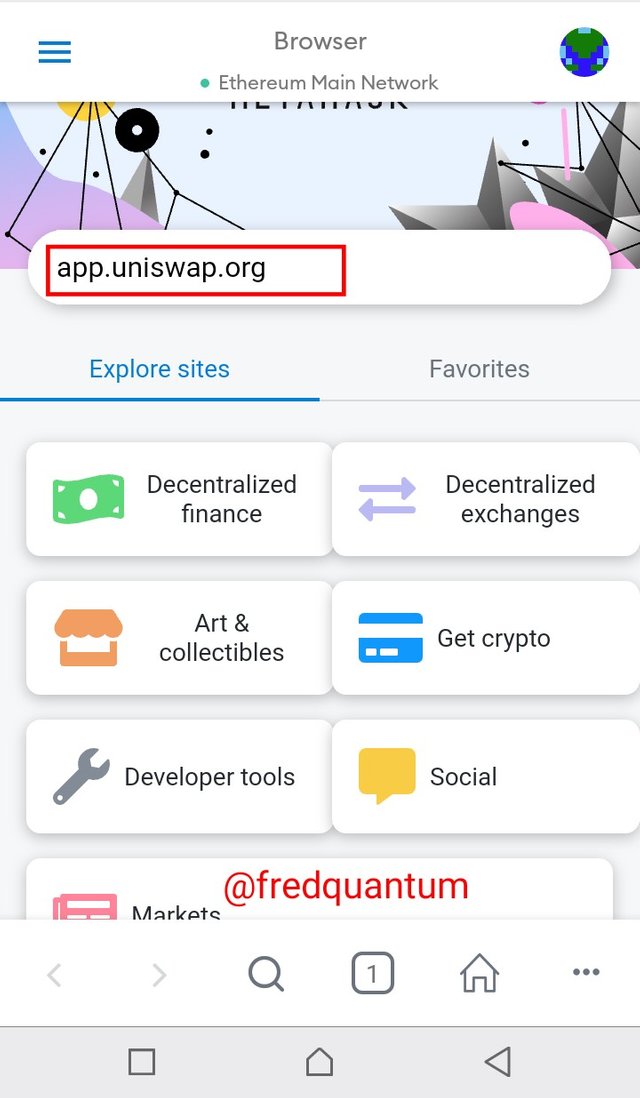
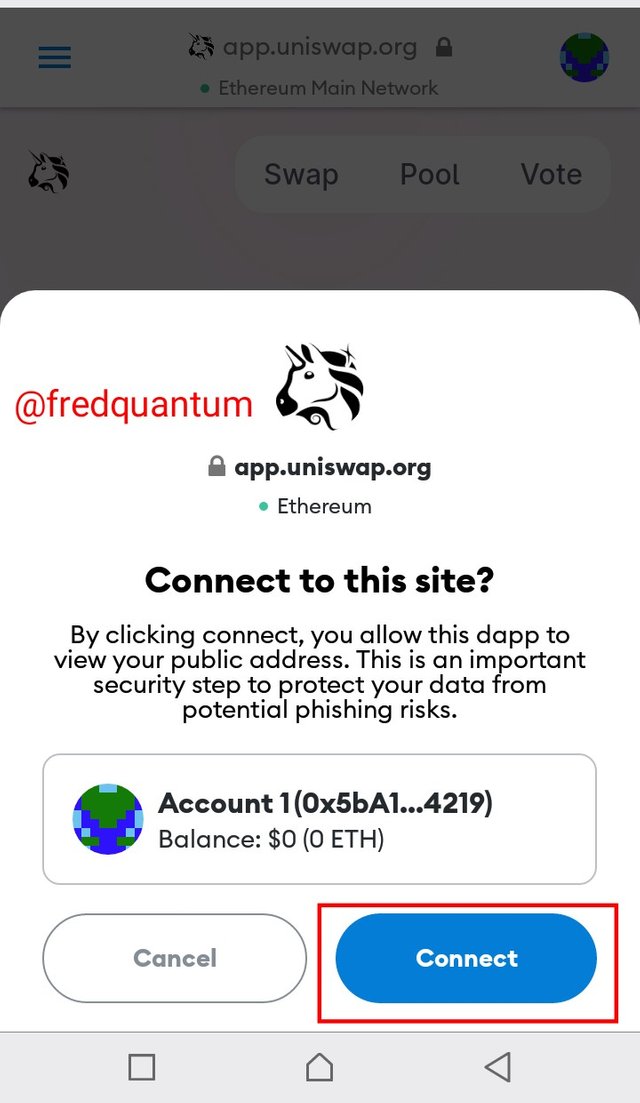
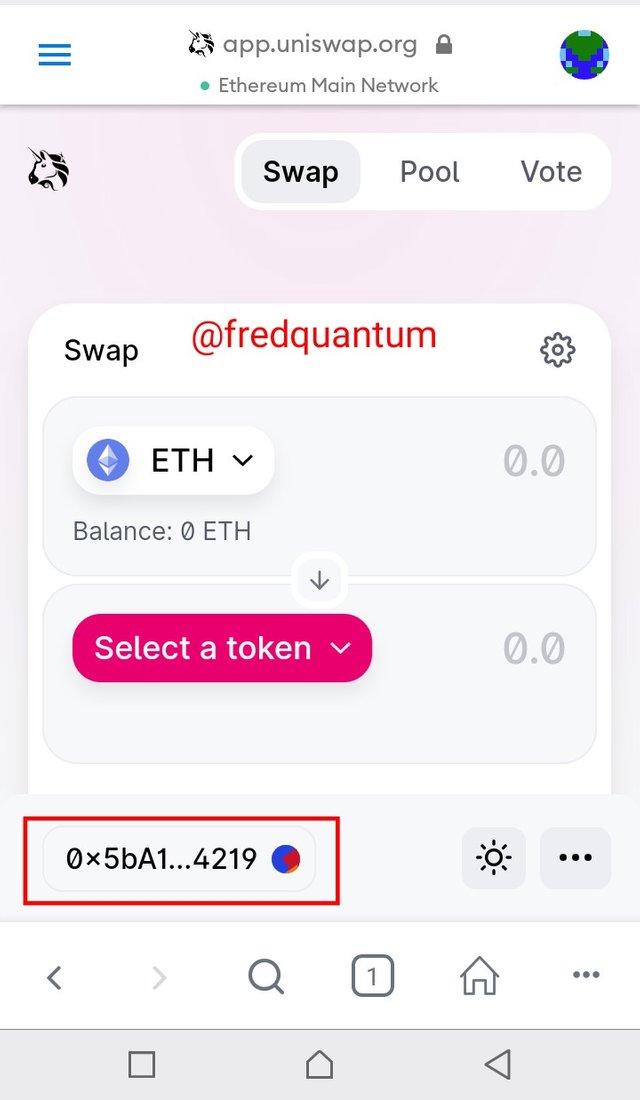
Metamask wallet connected to Uniswap- Website app.uniswap.org/
How to Swap on Uniswap with Metamask Wallet connected?
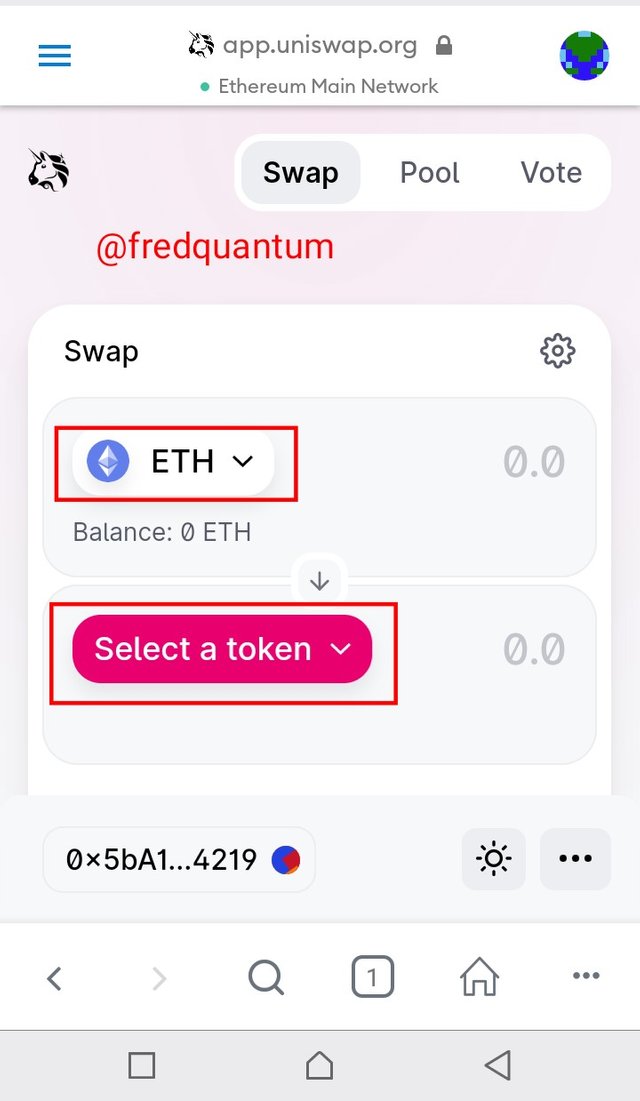

How to create an account on an Exchange?
For this section of the task, I will create a m.poloniex.com/ exchange account using the exchange mobile App.

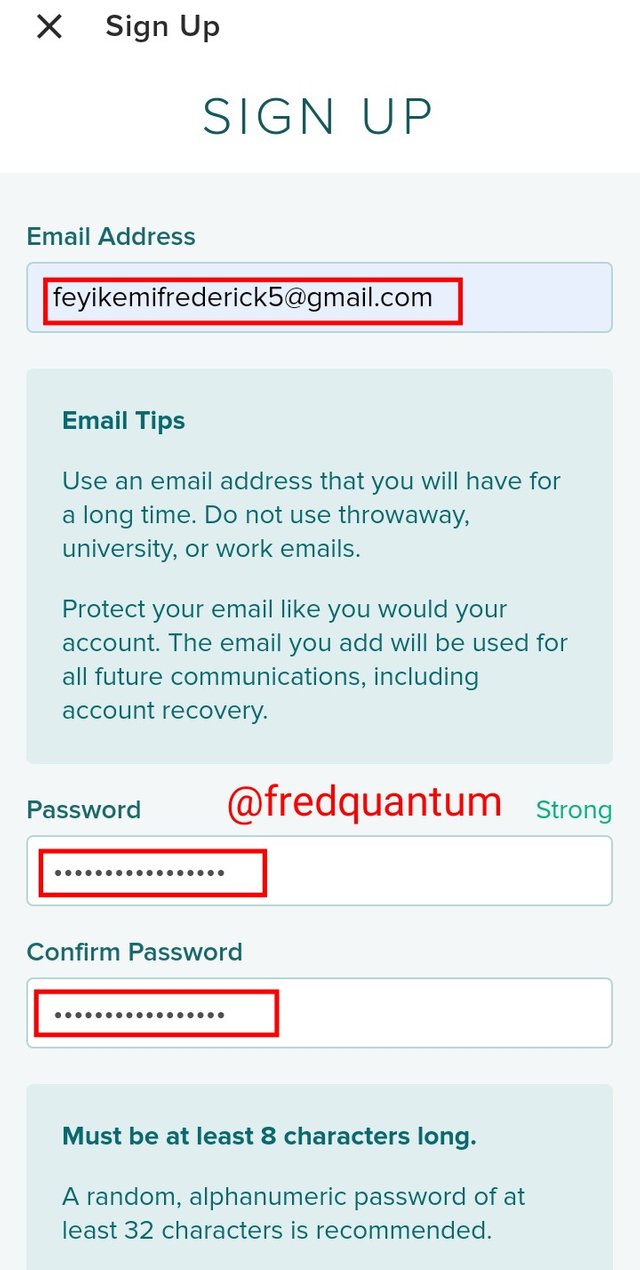

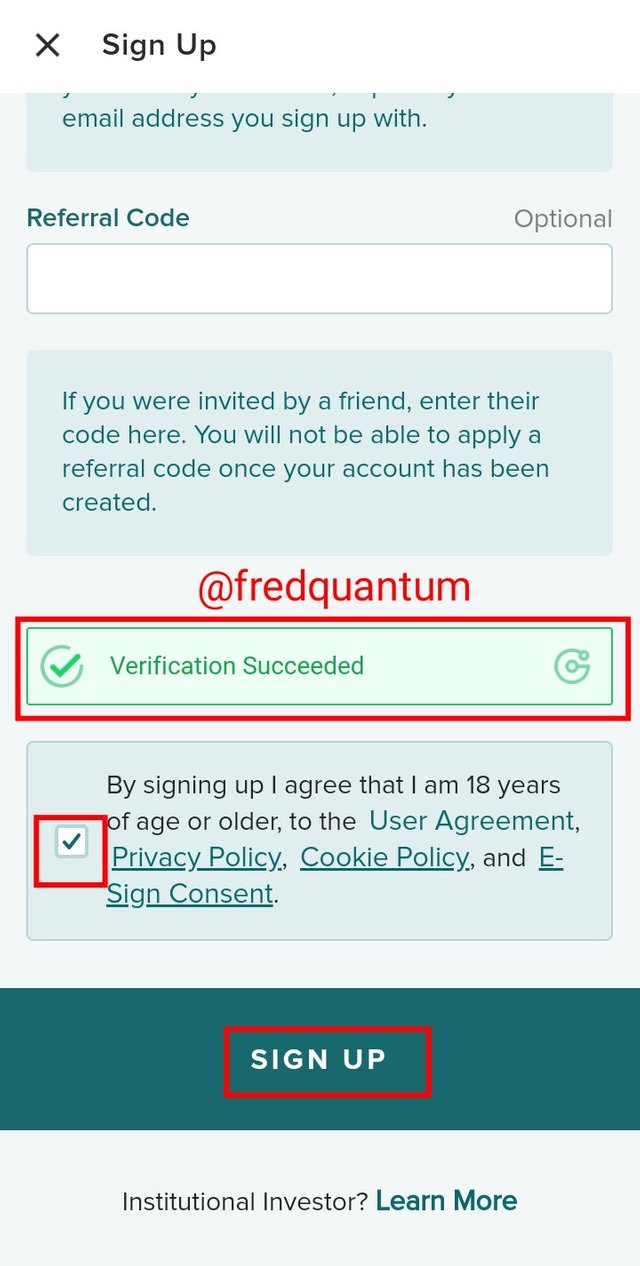
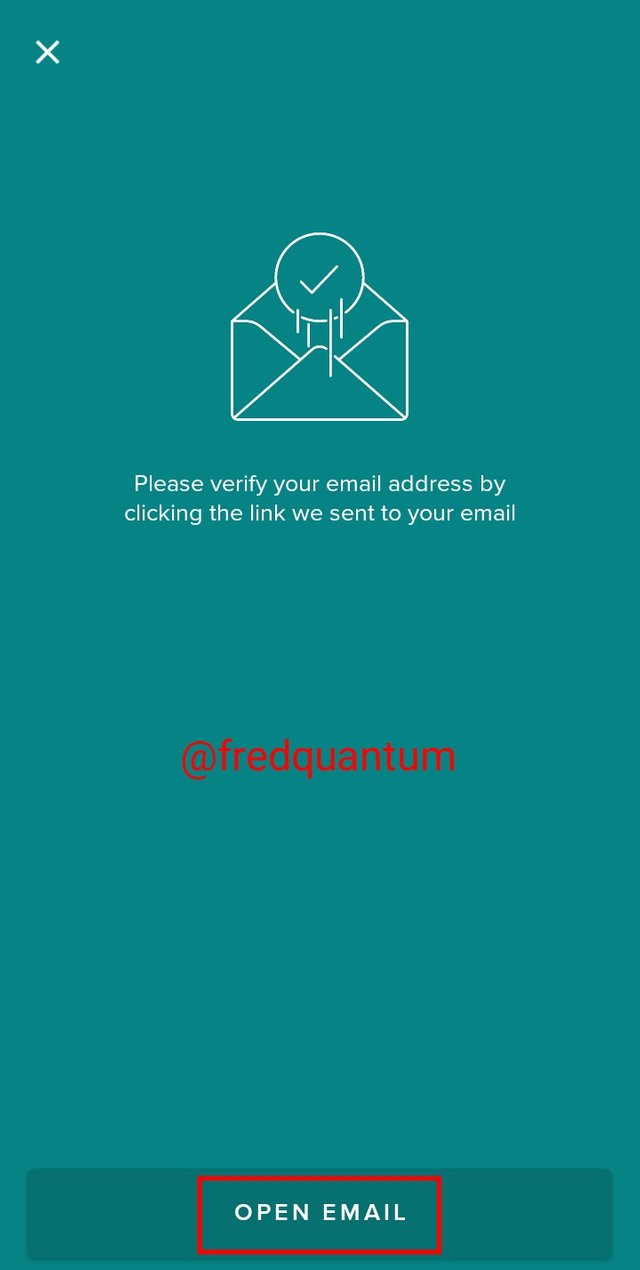

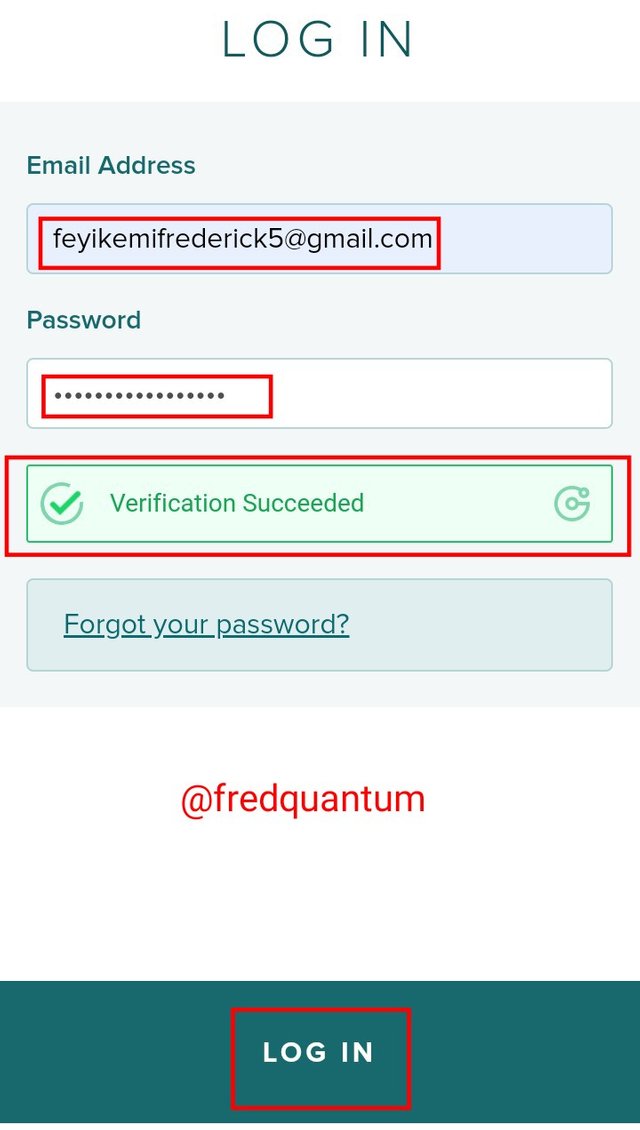
Log in window through the App- Website m.poloniex.com/
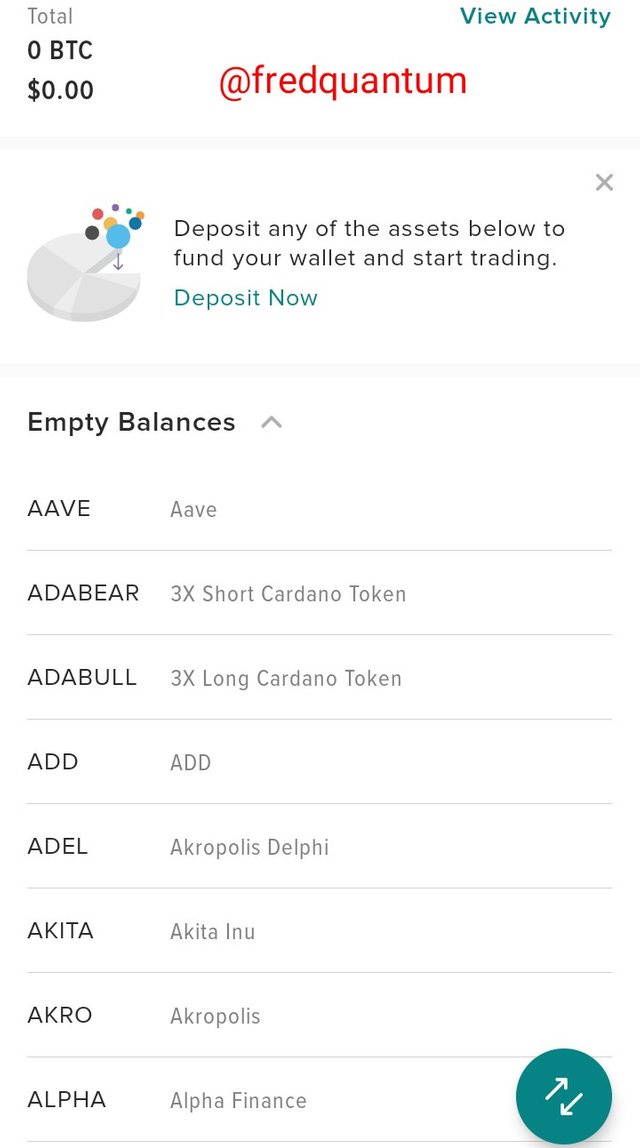
Account created on poloniex- Website m.poloniex.com/
Conclusion
In conclusion, the wallets and exchanges in the crypto ecosystem are very important as they are the medium for users to interact with their crypto assets and as such serve their individual distinctive purposes. Wallets are best suitable for holding/storage of assets while exchanges are best suitable for trading.
In addition, wallets utilizes the decentralization technology that eliminates the involvement of intermediaries in transactions and exchanges utilizes the centralization technology where the exchange serve as an intermediary in transactions. Thanks to professor @allbert for this great lecture. Thank you, all.

Cc: @allbert

Written by;
@fredquantum
Hi @fredquantum, superb performance!
Thanks for performing the above task in the first week of Steemit Crypto Academy Season 3. The time and effort put into this work is appreciated. Hence, you have scored 9 out of 10. Here are the details:
Remarks:
Fred, you have done really well answering all the questions with the necessary depth required. I particularly like how you answered Question 2. It was unique and explanatory.
I like how you added your personal touch to your work with photos of your wallet and transactions. I also like how you integrated recent events into your work. For instance:
In terms of content structure, your format is decent but there's still room for improvement. One of such instances that need improvement is how you formatted your subheadings. Higher-level subheadings should be noticeably larger than lower-level ones.
Again, thanks for contributing your time and effort to the academy by completing the above task. We hope to see more from you.
Thanks for the review professor @asaj.